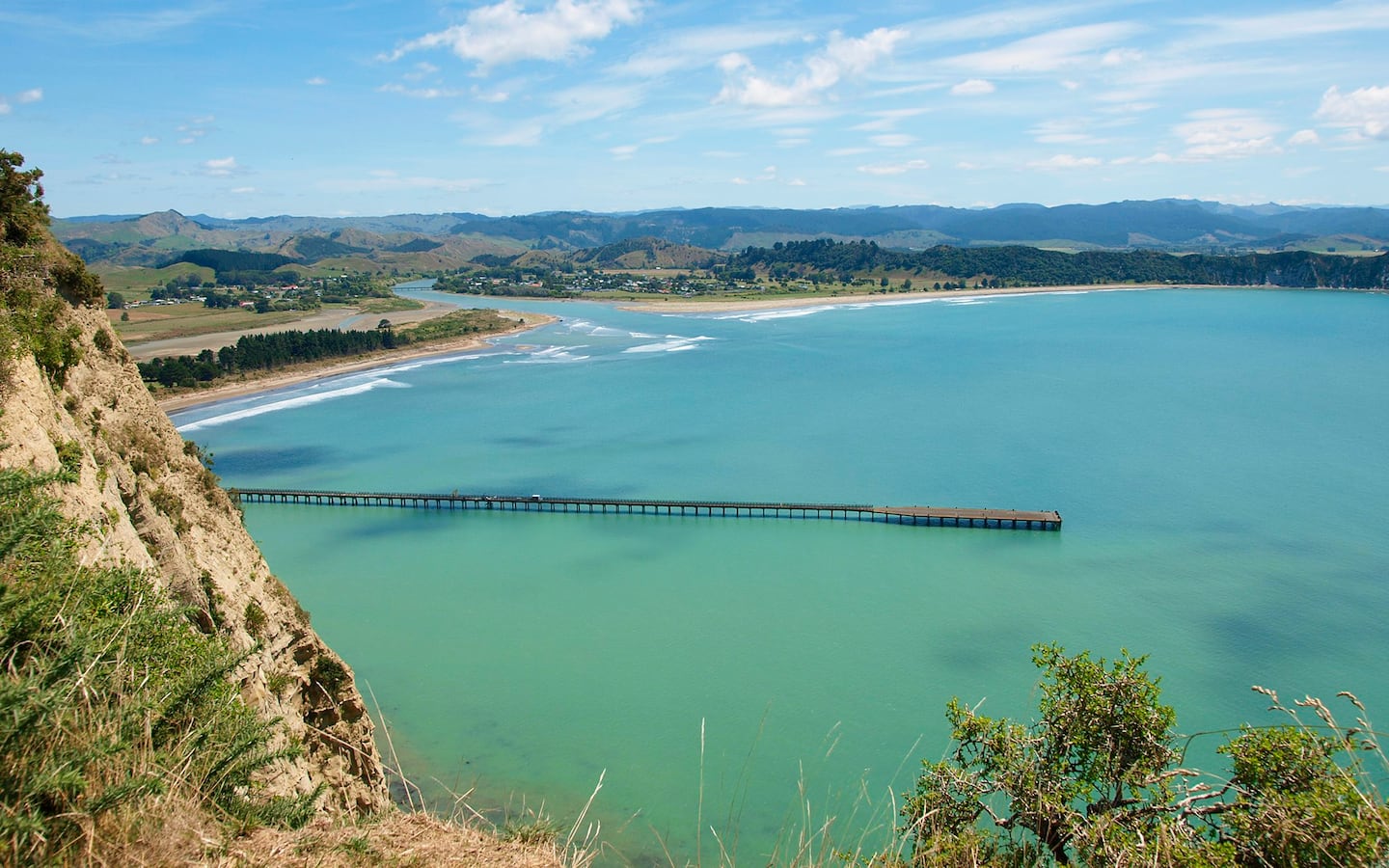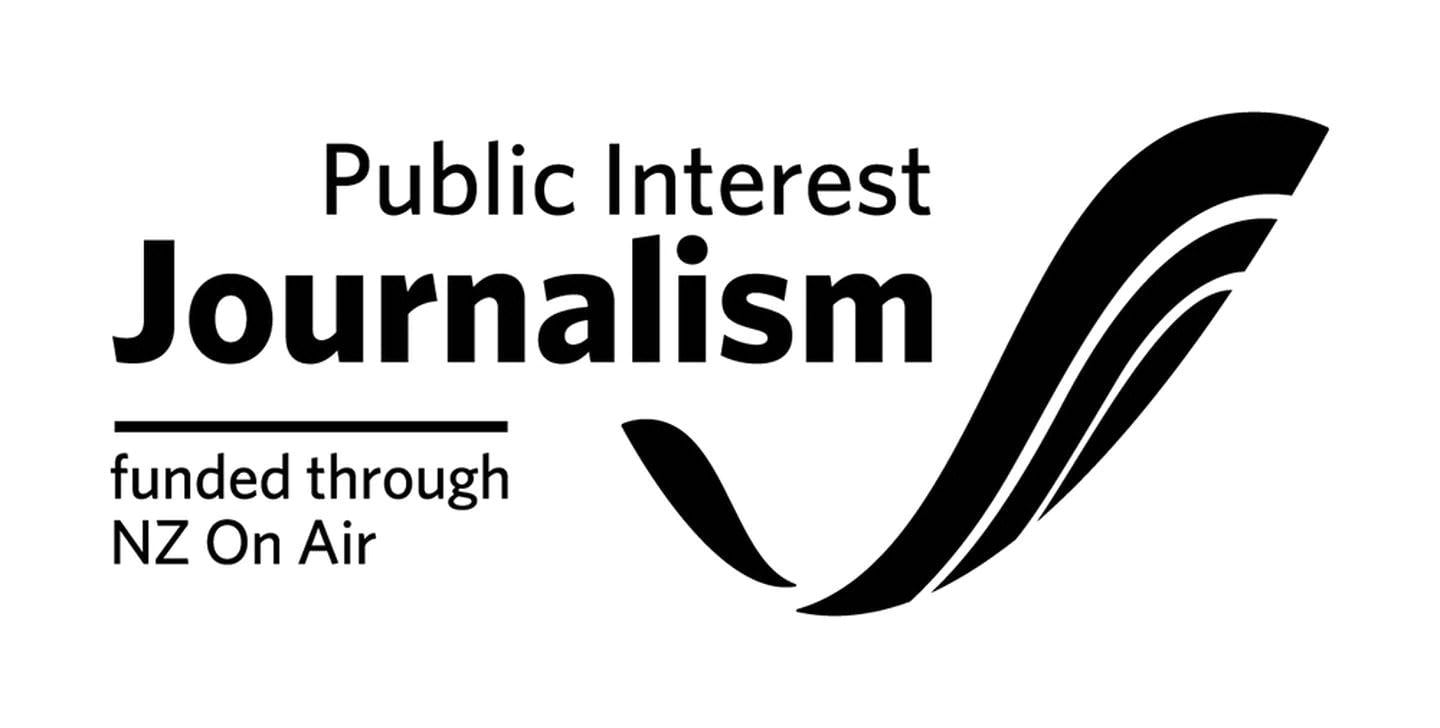New Zealand Food Safety is warning the East Coast public not to collect or consume shellfish gathered from or near Tolaga Bay due to the presence of toxins.
“Routine tests on mussels from Tolaga Bay have shown levels of paralytic shellfish toxins over the safe limit,” New Zealand Food Safety deputy director-general Vincent Arbuckle says. “The warning extends from Tatapōuri Point just north of Gisborne, up to Koutunui Point in Tokomaru Bay.
Mussels, oysters, tuatua, pipi, toheroa, cockles, scallops, catseyes, kina and all other bivalve shellfish are affected and should be avoided.
“Please do not gather and eat shellfish from this area because anyone doing so could get sick.
“Cooking the shellfish does not remove the toxin, so shellfish from this area should not be eaten.”
Symptoms of paralytic shellfish poisoning usually appear within 10 minutes to three hours of eating and may include numbness and a tingling (prickly feeling) around the mouth, face, hands, and feet, difficulty swallowing or breathing, dizziness and headache, nausea and vomiting, diarrhoea, paralysis and respiratory failure and, in severe cases, death.

Pāua, crab, and crayfish may still be eaten if the gut has been completely removed prior to cooking, as toxins accumulate in the gut. If the gut is not removed, its contents could contaminate the meat during the cooking process.
New Zealand Food Safety has had no notifications of associated illness.
If anyone becomes ill after eating shellfish from an area where a public health warning has been issued, phone Healthline for advice on 0800 61 11 16, or seek medical attention immediately. You are also advised to contact your nearest public health unit and keep any leftover shellfish in case it can be tested.
“New Zealand Food Safety is monitoring shellfish in the region and will notify the public of any changes to the situation,” says Mr Arbuckle.
A public health warning remains in place in the Queen Charlotte Sound due to high levels of Diarrhetic Shellfish Toxins detected in September.
“Routine tests on mussel samples taken from Okiwa Bay (The Grove) have shown levels of diarrhetic shellfish toxins more than 3.5 times the safe limit,” \New Zealand Food Safety specialist adviser Piers Harrison says.
“The warning extends from The Grove up to a line from Dieffenbach Point across to West Head in the Marlborough Sounds.
“Cooking the shellfish does not remove the toxin, so mussels, oysters, tuatua, pipi, toheroa, cockles, scallops, catseyes, kina and all other bivalve shellfish from this area should not be eaten.”

Pāua, crab, and crayfish may still be eaten if the gut has been completely removed prior to cooking, as toxins accumulate in the gut. If the gut is not removed, its contents could contaminate the meat during the cooking process.
Symptoms of diarrhetic shellfish toxin poisoning typically appear within half an hour of ingestion and last for about 24 hours. Symptoms may include diarrhoea, vomiting, nausea, and abdominal cramps.
Commercially harvested shellfish – sold in shops and supermarkets or exported – is subject to strict water and flesh monitoring programmes by New Zealand Food Safety to ensure they are safe to eat.


